I am still having trouble understanding how voltage sources combine when they are connected in parallel. Consider the following circuit below:
If we assume that the wires connecting the resistor to the two voltage sources are perfect (zero resistance), then we get what appears to be a paradox since the voltage at node 1 needs to be both 1V and 2V at the same time. In reality, this situation is resolved by the finite resistance that real wires possess.
My misunderstandings occur when one of the voltage sources is an AC source such as below. In this case, is the voltage at node 1 really just a sum of the AC and DC sources? In this scenario, does this mean that the DC source outputs an AC current in order to maintain a constant voltage? Would this AC current coming from the DC source be in-phase with the current from the AC source in order to cancel out the AC source's effects on the DC source?
Also, for real world applications, does this type of connection lead to any negative effects that would damage the AC or DC source? I've seen suggestions that using a capacitor or transformer would be better to add AC and DC voltages rather than connecting them directly.

